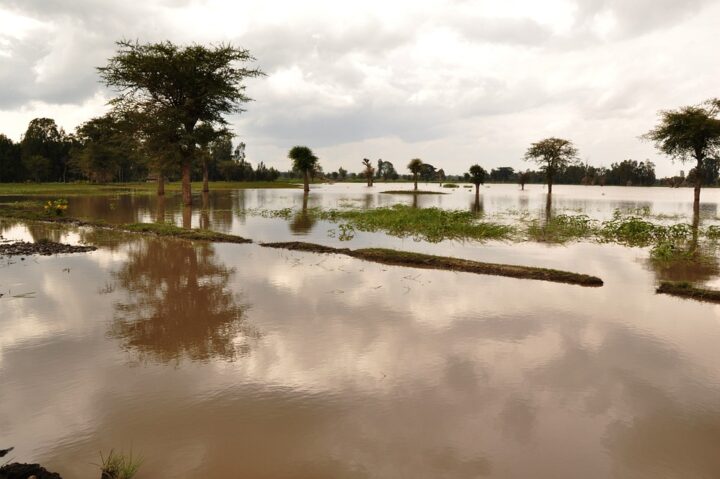Choosing aviation insurance for your aircraft is a crucial decision that requires careful consideration. Aircrafts are valuable assets and can be subject to a wide range of risks, so it’s important to choose the right insurance coverage to protect your investment. Here are some important factors to consider when choosing aviation insurance for your aircraft.
1. Type of Coverage: There are several types of aviation insurance coverage options available, including hull (physical damage) insurance, liability insurance, and aircraft passenger liability insurance. Hull insurance covers physical damage to the aircraft, while liability insurance covers damages to third-party property and bodily injury. Passenger liability insurance covers the passengers on your aircraft in case of injury or death. Consider the specific needs of your aircraft and choose the type of coverage that best suits your requirements.
2. Insurance Company Reputation: When choosing aviation insurance for your aircraft, it’s important to consider the reputation of the insurance company. Look for an insurance provider with a strong financial standing and a good track record of handling claims efficiently and fairly. You can research insurance companies online and read reviews from other aircraft owners to get an idea of their reputation and customer satisfaction.
3. Coverage Limits: Consider the coverage limits offered by different insurance providers. Make sure the coverage limits are sufficient to cover the full value of your aircraft in case of a total loss or damage. Some insurance providers offer flexible coverage limits, allowing you to customize the coverage to meet your specific needs.
4. Premium Costs: The cost of aviation insurance can vary significantly depending on factors such as the value of the aircraft, the level of coverage, the pilot’s experience, and the aircraft’s intended use. It’s important to shop around and compare premium costs from different insurance providers to ensure you’re getting the best value for your money. Keep in mind that the cheapest option may not always provide the most comprehensive coverage, so prioritize finding a balance between cost and coverage.
5. Policy Exclusions: Carefully review the policy exclusions of each insurance provider to understand what is not covered under the policy. Some common exclusions may include wear and tear, mechanical breakdown, acts of war, and certain types of flying activities. Make sure you understand the exclusions and consider if any of them are deal-breakers for your aircraft’s insurance needs.
6. Deductibles: Consider the deductibles associated with the insurance coverage. A deductible is the amount you’ll have to pay out of pocket before the insurance coverage kicks in. Higher deductibles typically result in lower premium costs, but it’s important to consider whether you can afford the out-of-pocket expenses in the event of a claim.
Choosing aviation insurance for your aircraft is a complex decision that requires careful consideration of various factors. By taking the time to research different insurance providers, compare coverage options, and consider your specific aircraft needs, you can make an informed decision that provides the best protection for your valuable asset. Always consult with an aviation insurance professional to ensure you fully understand the coverage options and make the best choice for your aircraft.





